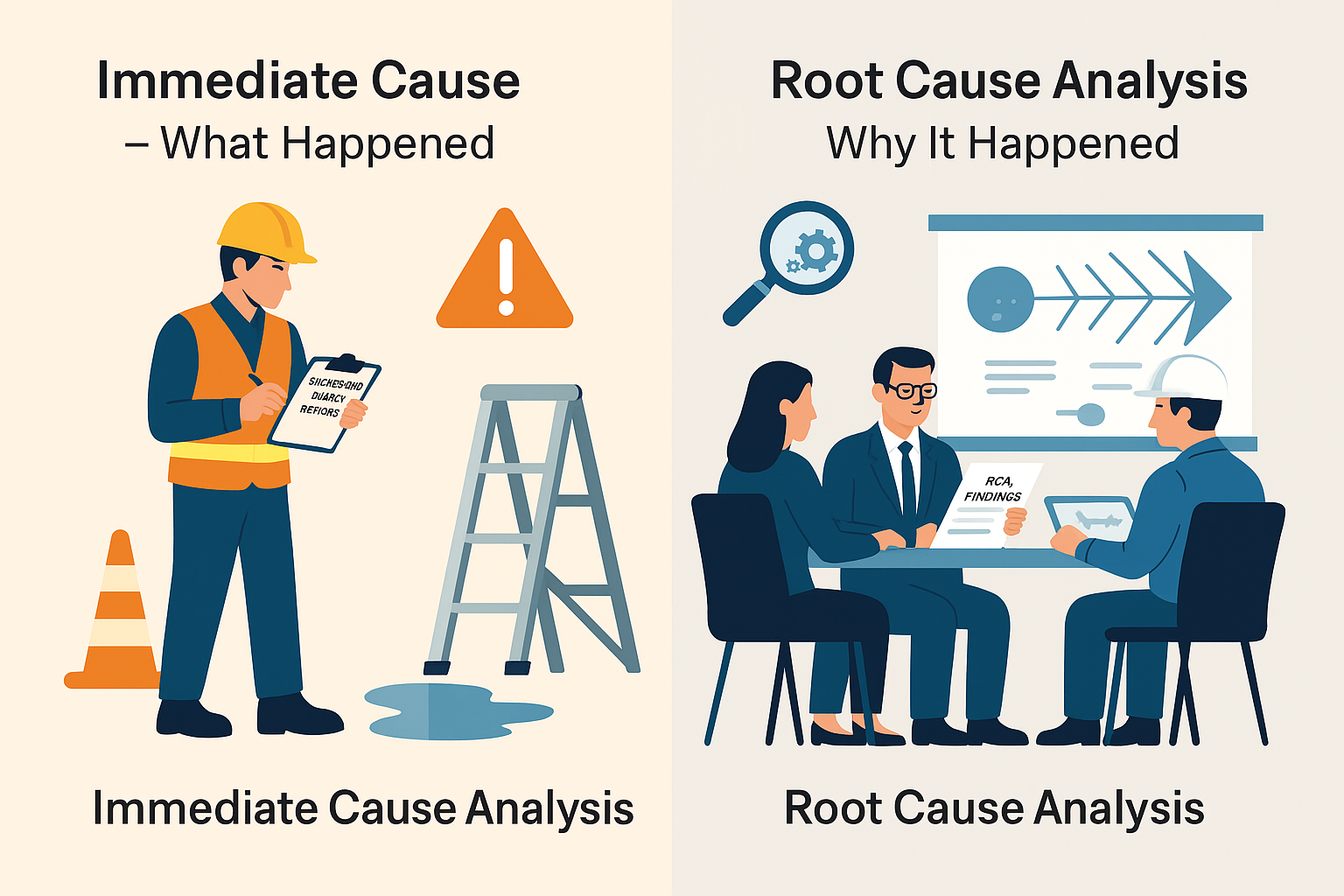
Safety Regulations: Navigating Through Compliance and Impact
Safety regulations are the cornerstone of modern society, influencing how industries, businesses, and individuals function in a safe and secure environment. Understanding the dynamics, evolution, and impact of safety regulations is paramount in comprehending their significance in today’s world.
Introduction to Safety Regulations
Safety regulations encompass a set of rules and standards established by governing bodies to ensure the protection of individuals, the environment, and assets. These regulations play a pivotal role across various sectors, from workplaces to public spaces, aiming to mitigate risks and prevent potential hazards.
From the early stages of industrialization to the present-day globalized economy, safety regulations have evolved significantly. Initially centered around basic workplace safety, these regulations have expanded to encompass broader aspects such as environmental and consumer safety.
History and Evolution
The history of safety regulations dates back to the industrial revolution when labor laws were introduced to protect workers from hazardous conditions. Over time, significant milestones, such as the formation of regulatory agencies and landmark legislations, have shaped the current landscape of safety standards.
Today, safety regulations encompass various types, including occupational, environmental, consumer, and industrial safety. These regulations are tailored to address specific risks and ensure compliance within diverse sectors.
Types of Safety Regulations
Occupational safety regulations focus on safeguarding workers from workplace hazards, ranging from physical injuries to psychological well-being. Environmental safety regulations target preserving natural resources, reducing pollution, and promoting sustainability.
Consumer safety regulations govern the safety of products and services available to the public, ensuring their usability without posing threats to consumers. Industrial safety regulations are designed to maintain safe operations within industrial settings, preventing accidents and ensuring the well-being of workers.
Implementation Challenges
Despite their significance, implementing safety regulations poses challenges. Compliance issues, technological advancements, and global variations in standards create complexities for businesses and regulatory bodies. Adapting to evolving technologies while maintaining compliance often presents a daunting task.
Impact on Businesses and Society
The adherence to safety regulations not only ensures the well-being of individuals but also influences the economic landscape. Businesses that prioritize safety standards exhibit higher productivity, reduced liabilities, and foster a positive public image. Moreover, safety regulations promote social responsibility, contributing to a safer society and enhancing public perception.
Conclusion
Safety regulations are indispensable in maintaining a secure and sustainable environment for all stakeholders involved. The continuous evolution of these regulations, coupled with technological advancements, signifies a progressive future aimed at ensuring safety without impeding progress.
What is Risk Assessment in Safety?
What are the 12 Elements of SMS?
What is the highest paid job in HSE?
FAQs
- Why are safety regulations crucial?Safety regulations are crucial because they ensure the protection of individuals, the environment, and assets. They mitigate risks, prevent hazards, and promote a secure environment across various sectors, fostering safety and well-being.
- How do safety regulations impact businesses?Safety regulations impact businesses significantly by enhancing productivity, reducing liabilities, and fostering a positive public image. Compliance leads to a safer work environment, higher employee morale, and ultimately, improved business performance.
- What challenges hinder the implementation of safety regulations?Several challenges hinder implementation, such as compliance issues, evolving technologies, and variations in standards across different regions or countries. Keeping up with advancements while ensuring compliance poses complexities.
- What role do emerging technologies play in shaping safety regulations?Emerging technologies like AI, IoT, and data analytics contribute to shaping safety regulations by offering innovative tools for risk assessment, compliance monitoring, and proactive safety measures.
- Are safety regulations uniform across different countries?While there are common principles, safety regulations often vary across countries due to cultural, economic, and legal differences. Harmonizing these regulations globally remains a challenge despite efforts to align standards.
























